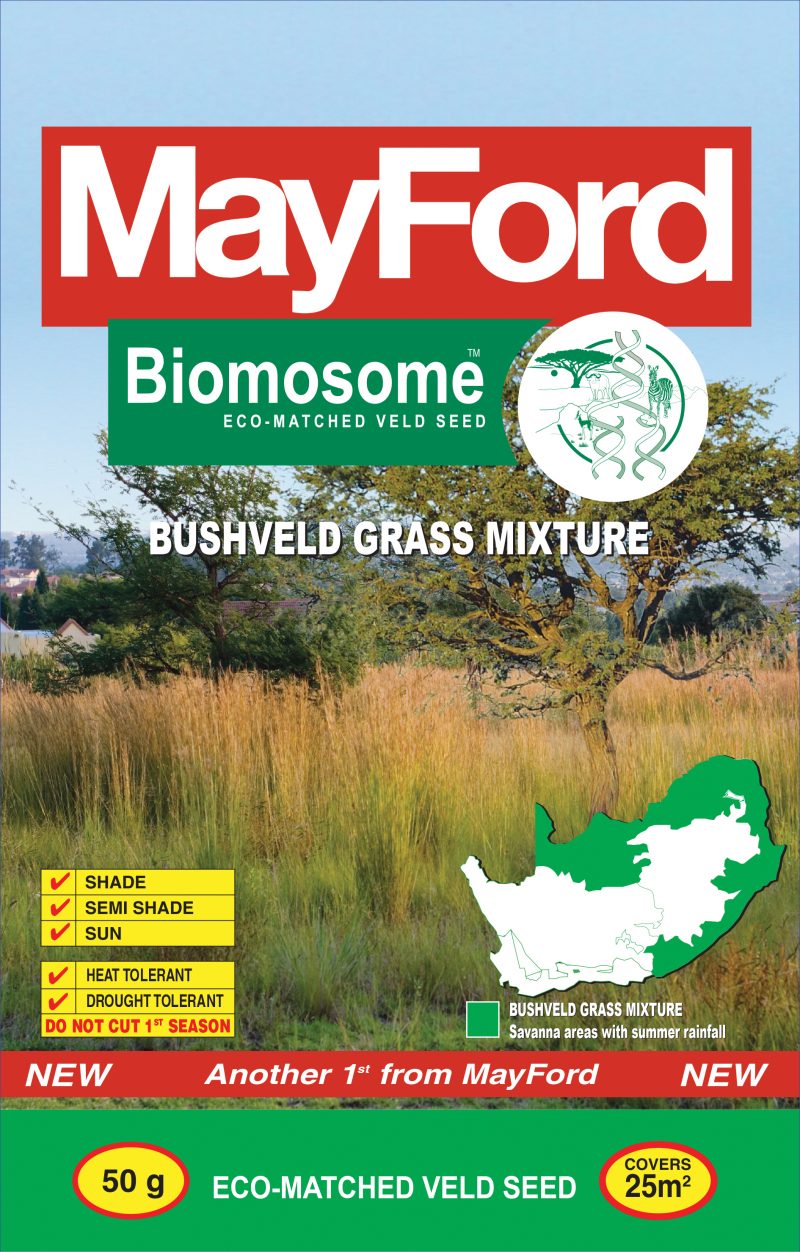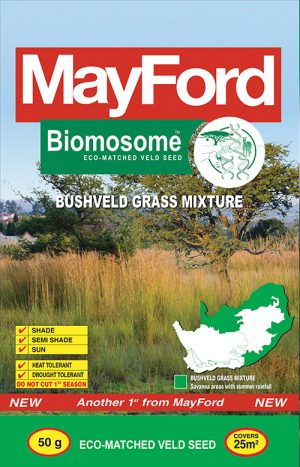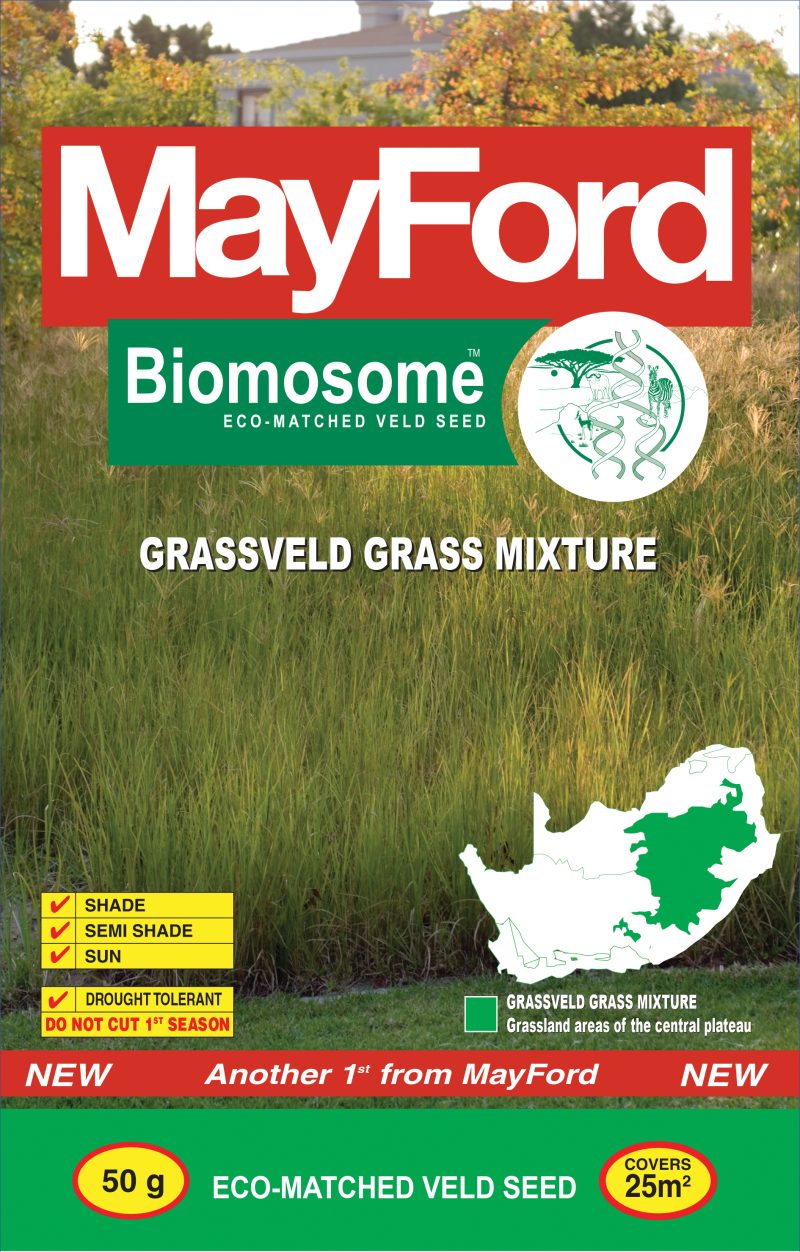T-1 CREEPING BENTGRASS
T-1 is the first of anew generation of creeping bentgrass, with qualities never before seen in golf turf:
* Championship greens without championship maintenance
* Ball marks divots heal rapidly
* Dollar spot resistance equal to the best
* Rich green colour
* Makes visible gains on Poa annua each year
* Great on GREENS, TEES and FAIRWAYSThe single biggest factor that sets T-1 apart is ground coverage. T-1 retains ground coverage under some incredibly tough growing conditions. Every single bent strain in
T-1 was tested against Poa annua, so much so that T-1 makes visible gains against Poa annua each year.T-1 sets a new standard for bentgrass tiller density, providing a rich, smooth putting surface. Yet it is remarkably easy to manage and maintain. Low maintenance with championship results.EstablishmentSound greens construction is very important for the successful maintenance of Creeping Bentgrass. Good drainage is one of the most important attributes of a bentgrass green. The USGA has developed specifications for the construction of putting greens. For more information, visit the following web site: www.usga.org.Since it is expensive to construct USG Spec greens, compromised greens have become popular. Either way, it is essential to make use of the services of contractors who specialise in this field.
When?
Spring and autumn are best. Avoid extreme heat and cold.Remove existing grass
This is only relevant to the conversion of an existing green that is not being re-built.
Allow the grass to grow out as long as possible so as to maximize leaf area for optimal herbicide absorption. Spray with a non-selective weed killer such as glyphosate (Roundup) and leave for two weeks to ensure that the grass is completely dead. If it is obvious in a week or so, that patches have been missed, then re-spray those areas. Cut the dead grass down as short as possible and scarify heavily to remove as much plant material as possible, and to open up the turf canopy.
Sowing the seed
Sow the seed in two directions at a rate of 80g per 100 m². A gravity drop seeder is ideal, but the seed can also be mixed with sand and broadcasted by hand.
Covering the seed
Cover the seed with a thin layer of sand (maximum 5 mm deep) or use a steel rake to rake into the surface.
Compacting
It is essential to compact the area lightly. In this step is very important as it brings the seed into direct contact with moist soil, reduces wash-aways, and initiates capillary action (the movement of water upwards through the soil profile). The knobbly tyres of a green machine work very well, since they leave small indentations in the sand that hold moisture well.
Watering
Keep the area moist at all times until the seed has germinated and the plant has developed a root system. Irrigation frequency can then be reduced.
Fungicides
Spray a fungicide mixture to prevent damping off caused by the fungi Pythium and Rhizoctonia. Metalaxyl and chlorothalonil are often used at seeding and again 21 days later.
Best times are spring and autumn. Avoid very hot or very cold times of the year.MaintenanceIt is important to note that golf course and particularly Bentgrass management should be undertaken by a professional greens superintendent. There are however some excellent publications on this subject.Mowing
Start
When grass is 10mm long.Height
Mow at 6 to 7 mm for the first 4 weeks. Thereafter reduce until desired cutting height is reached.Frequency
6 to 7 times a week.
Remember the 1/3rd RULE – Never remove more than 1/3 of the leaf blade at a time.
Keep mower blades sharp to avoid tearing the leaf blades.
Irrigating and Syringing
A good irrigation system with even coverage is an essential maintenance tool. The green superintendent should be able to irrigate to meet the plant’s water requirements and syringe to reduce the temperature at the green surface. Water volume and frequency has to be determined according to weather and soil conditions. Overwatering should be avoided to reduce the likelihood of fungal infection.
Fertilisation
T-1 do best with light, frequent applications of fertilisation during the grow-in process. This is because of the initial aggressive growth of these grasses.
- Fertility
- Do a lab soil test 4-8 weeks before seeding
- Correct deficiencies in P, K, Mg, and pH via amendments
- Do not try to correct N, or Ca in most cases, or pH’s above 8.5
- Starter fertilizer: 16-16-16 or equivalent should be applied just before, at, or within 1 week after seed application.
- Rate 450kg/ha. 16-16-16 product per hectare (7.5 gN/m2)
- Do not use liquid fertilizers until maintenance fertilizer applications begin at 4-6 weeks
- From emergence to 4 weeks: Apply 16-16-16 or equivalent granular fast-release fertilizer on an every-five-day cycle at 1.5-2.5 g N/m2. Water immediately after applying. As an alternative, ammonium sulfate can be substituted during the cooler months as a nitrogen source. Ammonium sulfate also benefits disease control.
- At 4 weeks, or when the grass has reached near 100% ground coverage, switch to a Polyon based slow-release fertilizer, such as GreensKote 18-3-18, applied at 550kg product per hectare (10 g N /m2).
- Thereafter, use additional applications of 16-16-16 or equivalent applied at 280kg per hectare (3.7 g N/m2) as needed during the first season for quick regreening, especially if the stand seems sluggish or there are not enough clippings caught in the buckets.
- It is not unusual to end up applying 40-50 g N /m2 over the course of the first growing season. That amount should drop by half in the second year and be even lower in the third.
- It is important with T-1 to decrease the N fertility input as soon as the stand reaches near 100% ground cover.
- Do a lab soil test 4-8 weeks before seeding
- Fertilizer
- Yearly nitrogen amount should be 0.5 to 2kg (5-20 g/m2), phosphorous 1 to 1.5 kg (10-15 g/m2), and potassium 3 to 5 kg/100m2 (30-50 g/m2). Higher rates in each range are used with more golf rounds.
- T-1 has a naturally dark color that is many shades darker than earlier varieties. It does not lose color as readily as earlier bents. Therefore, you are advised to watch the collection buckets for clippings rather than relying on a yellowing color to tell you when to fertilize.
- Micronutrients should be checked via tissue tests during the year and each year with a soil test in early spring.
Pests and Diseases
Take careful note of the symptoms, i.e. spots on leaves, size and location of patches etc. and speak to a specialist in this field. Remember that insects and fungal diseases know nothing about straight lines, so if you see straight lines look for a man-made problem! Disease problems are greatly reduced through the use of varieties with good natural resistance that is suitable for warm/hot climates.
Healthy, actively growing lawn is less susceptible to everything so don’t skimp on fertilizing (you can’t avoid regular mowing!).
Good air flow reduces humidity and helps to avoid disease.
Don’t overeater or underwater – both cause stress to all grasses.
Mowing
- Common mowing heights for T-1 are 2.5 to 3.8 mm for greens. One superintendent has successfully maintained T-1 at 2.1mm, but that is not recommended.
- Daily mowing is recommended for T-1. Less frequent mowing results in the removal of an excessive amount of leaf tissue at each mowing and puts the grass under stress. Removal of half of the leaf tissue at a single mowing can result in stunted growth and a stemmy surface.
- T-1 is a dwarf bentgrass strain, and as such, may produce less volume of clippings than other bents. Keep this in mind if you’re used to older bents and routinely gauge your maintenance inputs by the mower collection buckets.
- Changing mowing patterns each day helps eliminate grain and reduce mower wear and compaction. When triplex greens mowers are used, the final clean-up cut around the perimeter of the green should be mowed on alternate days. Some superintendents make this perimeter cut with a walking greens mower to reduce wear and compaction.
- If fast greens are desired for tournament play, mowing heights can be lowered for a short period. However, other practices such as brushing and verticutting may be used to increase speed of greens. Research has shown that the two factors most influential in putting green speed are: Double mowing (mowing twice per day) and rolling.
- Vertical mowing, grooming, brushing
- T-1 generally will require less vertical mowing than horizontal varieties like Penncross. Once or twice a month should be adequate in most cases.
- Groomers may reduce the need to verticut as often. Groomers may be used 1-4 times per week depending the growth and maturity.
- Some superintendents use a deep verticut (Graden) in the spring to take out dead material, but it is not required. Core aerification and topdressing are better methods for thatch control.
- Another useful maintenance technique is brushing. Brushing early in the spring and once a month depending on weather and plant growth will increase plant density. Brushes on mowers will do an acceptable job but not to the extent as a heavier brushing or brooming.
Interseed T-1 into an existing green
- Overseed annually for 3-5 years for complete coverage, each time in a different direction
- Use 100 to 200kg/ha T-1 seed (10-20 g/m2) per application
- T-1 interseeds better during the warmer months of the year
- Vertical mow, slit seed, or aerify, broadcast seed and topdress
Weeds
The best way to avoid weeds is to have actively growing grass forming a dense canopy that does not allow light through to the soil surface. Poa annua is the most problematic weed on greens. Ask a specialist before spraying a herbicide such as ethofumesate. Poa annua is most susceptible when treated prior to the four-leaf growth stage. When bentgrass is growing in stress (unfavourable) conditions, it will be more susceptible to phytotoxicity as a result of ethofumesate and other herbicide treatments.




